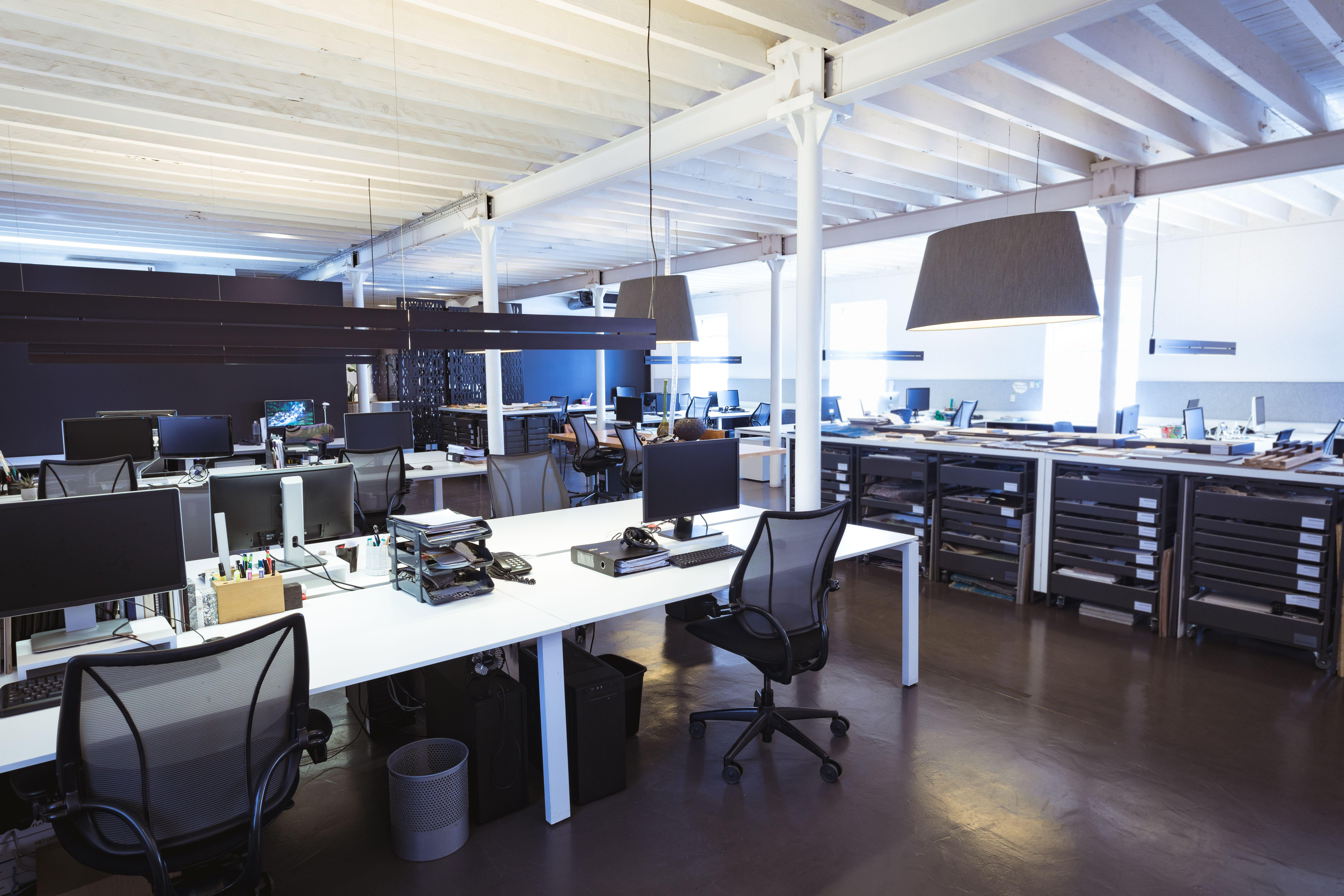The Herman Miller Aeron chair was an icon of the dot-com era. Ur-tastemaker publication New York called it "the ultimate symbol of that time of optimism," and the Museum of Modern Art's associate curator of the architecture and design department, Paola Antonelli, explained why that one particular office chair made such an outsized impact on the workplace experience: "The Aeron chair was the fruit of decades of work and came to signify a new paradigm in office chairs. In the beginning, one chair fit all. The Aeron was three chairs, and the customization happens within the chair. There's a lot of innovation, both technological and also behavioral."
I thought about how the Aeron chair both reflected and amplified the workplace experience of the dot-com era when I read this week's news about Herman Miller's newest piece of workplace gear, the Passport Work Table.
This particular piece of furniture is designed for the 2020s workplace experience -- hybrid work in which the worker's set-up is not fixed to one location. The Passport work table has the same floor footprint as an office chair and just like an office chair, it's got casters so it can be rolled around. There's a lever to raise or lower the height, so people can adjust the table when they move from desk chair to couch, and in a nod to the shared-space nature of offices, the Passport will come with options to purchase bag hooks or privacy screens, so fleets of these little tables can be moved around an office space for group or solo work.
Workplace strategists are still figuring out the optimal workplace configurations for a hybrid workforce which is returning to the office mostly for the collaborative aspects. We've heard a lot about how offices are going to be reconfigured to accommodate huddle spaces, team conversations, hybrid meetings, and hoteling desks. This sort of spatial flexibility will require the kind of furniture that can be both functional and adaptable.
The Aeron chair became a symbol of both the upside of the dot-com era and the eventual crash. During the early aughties, stories about defunct companies selling off their Aeron chairs at rock-bottom prices were legion. (And, full disclosure, that's how I got my home-office Aeron chair for a fifth of its retail price.)
But what the Aeron really symbolizes is the normalization of well-designed and intentional employee experience as part of a successful workplace strategy. The Aeron works because it makes the experience of sitting at a workstation so effortlessly comfortable. In the 1990s, all those start-ups were incentivized to keep their workforce comfortable -- that way, employees would stay in front of their computers longer and do more work. Now, what remains is the basic premise that a work station should be optimized for physical comfort and minimal distraction.
It's too early to say whether the Passport will become an icon of the new hybrid office. But from where I'm sitting today (in my Aeron chair), it's already a symbol of how successfully integrated the employee experience has become in any sort of workplace design.
Related reading:
3 Workplace Trends on Full Display at NeoCon 2022 -- "The design event featured a wide range of products and services that could enable a flexible, collaborative workplace."
Making the Office a Magnet for Employees -- "The head of workplace experience at PagerDuty explains the bold thinking and experimentation driving his company’s plan for hybrid work in this Q&A."
Benching Be Gone? -- "New open office floor plans should still have work zones for community and collaboration-based activities plus personal spaces for focused work."





